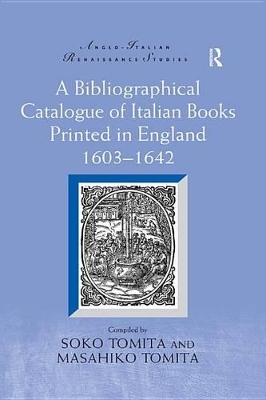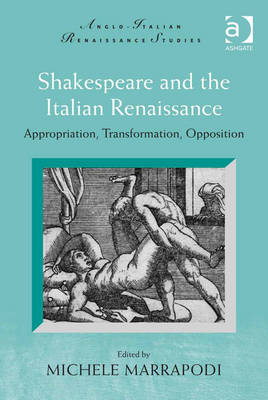Anglo-Italian Renaissance Studies
3 total works
A Bibliographical Catalogue of Italian Books Printed in England 1603-1642
Situating itself in a long tradition of studies of Anglo-Italian literary relations in the Renaissance, this book consists of an analysis of the representation of women in the extant Elizabethan translations of the three major Italian Renaissance epic poems (Matteo Maria Boiardo's Orlando Innamorato, Ludovico Ariosto's Orlando Furioso and Torquato Tasso's Gerusalemme Liberata), as well as of the influence of these works on Elizabethan Literature in general, in the form of creative imitation on the part of poets such as Edmund Spenser, Peter Beverley, William Shakespeare and Samuel Daniel, and of prose writers such as George Whetstone and George Gascoigne. The study emphasises the importance of European writers' influence on English Renaissance Literature and raises questions pertaining to the true essence of translation, adaptation and creative imitation, with a specific emphasis on gender issues. Its originality lies in its exhaustiveness, as well as in its focus on the epics' female figures, both as a source of major modifications and as an evident point of interest for the Italian works' 'translatorship'.
Shakespeare and the Italian Renaissance
Shakespeare and the Italian Renaissance investigates the works of Shakespeare and his fellow dramatists from within the context of the European Renaissance and, more specifically, from within the context of Italian cultural, dramatic, and literary traditions, with reference to the impact and influence of classical, coeval, and contemporary culture. In contrast to previous studies, the critical perspectives pursued in this volume's tripartite organization take into account a wider European intertextual dimension and, above all, an ideological interpretation of the 'aesthetics' or 'politics' of intertextuality.
Contributors perceive the presence of the Italian world in early modern England not as a traditional treasure trove of influence and imitation, but as a potential cultural force, consonant with complex processes of appropriation, transformation, and ideological opposition through a continuous dialectical interchange of compliance and subversion.


